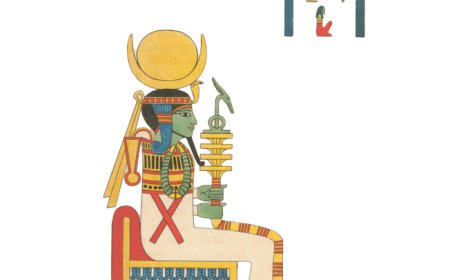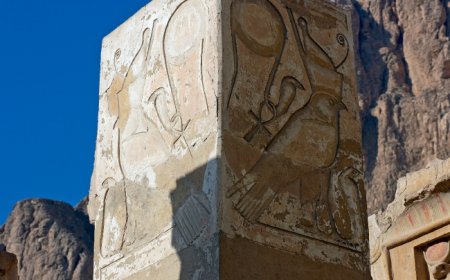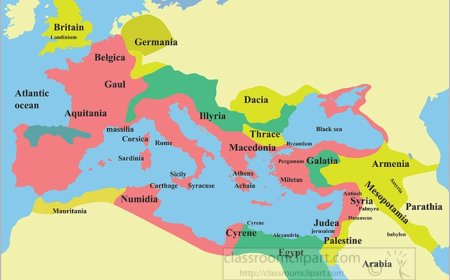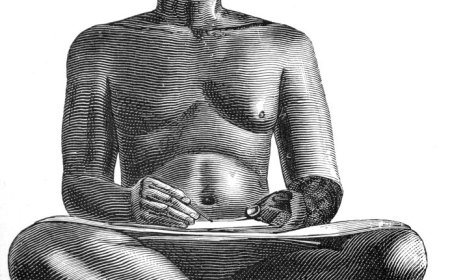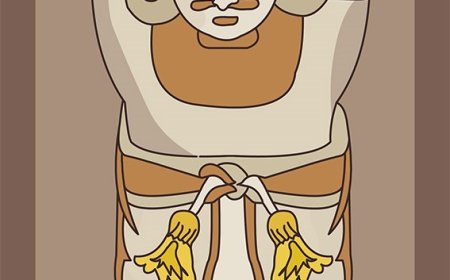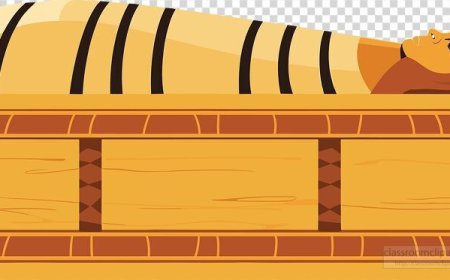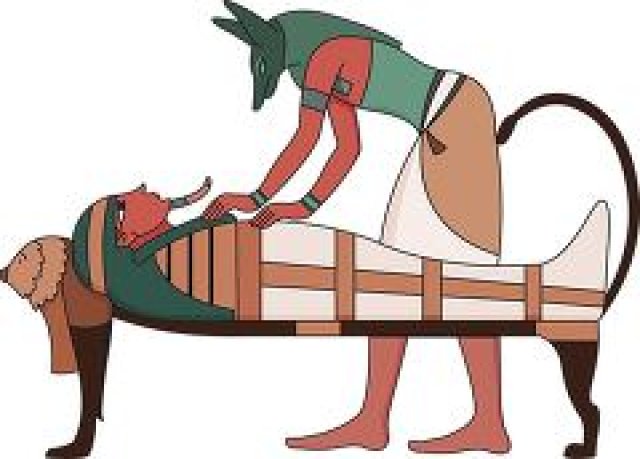Ancient India for Students: From the Indus Valley to the Gupta Empire
Learn all about Ancient India in this student-friendly article. Explore the Indus Valley, Hinduism and Buddhism, great empires, inventions like zero and yoga, and more! Includes vocabulary, fun facts, and a quiz.
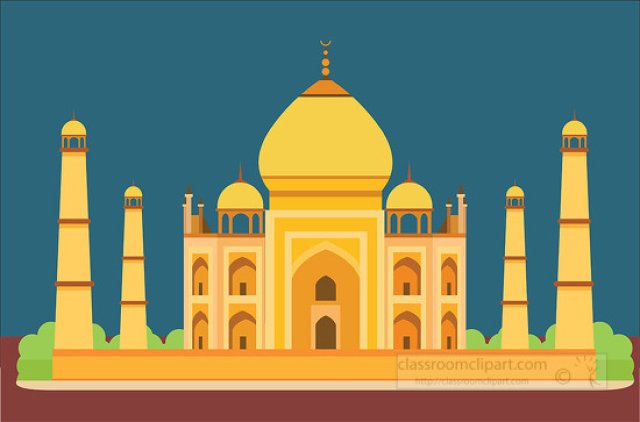
🇮🇳 Ancient India: From the Indus Valley to the Gupta Empire
Introduction
Ancient India was one of the world’s earliest and most advanced civilizations. It began along the Indus River and grew into a land of great cities, spiritual teachings, and amazing inventions. From the peaceful cities of the Indus Valley to the golden age of the Gupta Empire, India’s history is full of creativity, wisdom, and discovery. Let’s explore the fascinating world of Ancient India—its people, beliefs, achievements, and why it still matters today.
📍 Location and Time Period
Ancient India was located in South Asia, mostly in what is now India, Pakistan, and Bangladesh. The first major civilization, the Indus Valley Civilization, began around 2500 BCE along the Indus River.
Major eras of Ancient India:
- Indus Valley Civilization (2500–1500 BCE)
- Vedic Period (1500–500 BCE)
- Maurya Empire (321–185 BCE)
- Gupta Empire (320–550 CE)
These civilizations shaped Indian culture, religion, science, and government for thousands of years.
🏙 Cities and Government
Indus Valley Civilization
The cities of Harappa and Mohenjo-Daro were advanced for their time. They had:
Brick houses
Drainage and plumbing systems
Streets laid out in a grid
We still don’t fully understand their writing, but their peaceful cities suggest a well-organized society.
Maurya and Gupta Empires
The Maurya Empire was the first to rule most of India. Its most famous ruler was Ashoka, who spread Buddhism and ruled with kindness.
The Gupta Empire was a golden age of art, science, and learning. It had universities, mathematicians, and great works of literature.
🧑🌾 Daily Life in Ancient India
Most people were farmers, growing crops like rice, wheat, cotton, and sugarcane. Others were merchants, builders, or artists. Houses were made of clay or brick, and extended families often lived together.
Clothing: Men wore simple cloths called dhotis, and women wore saris. People wore jewelry made of gold and beads.
Food: Meals included rice, lentils, vegetables, fruits, and spices. Cows were considered sacred, so people rarely ate beef.
Children: Learned from their parents or went to gurukuls (schools run by teachers or monks).
🕉️ Religion and Beliefs
Ancient India is the birthplace of Hinduism and Buddhism—two of the world’s major religions.
Hinduism
- Belief in many gods and goddesses, like Brahma, Vishnu, and Shiva
- Sacred texts include the Vedas and Upanishads
- Belief in karma, reincarnation, and the caste system
Buddhism
- Founded by Siddhartha Gautama, known as the Buddha
- Taught the Four Noble Truths and the Eightfold Path
- Believed in ending suffering through kindness and wisdom
These beliefs encouraged peace, learning, and spiritual growth.
📚 Inventions and Achievements
Ancient India made incredible contributions to math, science, and medicine:
- Invented the number zero
- Developed early forms of algebra and geometry
- Wrote books on medicine, surgery, and the human body
- Created Ayurveda, an ancient healing system still used today
They also made beautiful art from stone, bronze, and clay, and built temples with detailed carvings.
🧘♂️ Yoga, Language, and Literature
Yoga was developed in India as a way to connect body, mind, and spirit. It included stretching, breathing, and meditation.
The main language of ancient India was Sanskrit, still used in prayers and traditional texts.
Famous stories like the Ramayana and the Mahabharata taught lessons about good, evil, duty, and love.
🛕 Famous Structures and Art
- Stupas – Dome-shaped buildings used to hold Buddhist relics.
- Temples – Built to honor Hindu gods, filled with statues and carvings.
- Cave paintings – Found in Ajanta and Ellora, showing scenes from daily life and religious stories.
The art of Ancient India often showed respect for animals, nature, and the divine.
💰 Trade and Economy
Ancient Indians were skilled traders. They traded:
- Cotton cloth
- Spices like cinnamon and pepper
- Gems and jewelry
- Ivory and wood
They used river routes and traded with places as far away as Mesopotamia, China, and Rome.
🏚️ Decline and Legacy
Over time, different rulers took over India, and the empires changed. But Ancient India’s ideas and inventions never disappeared. They influenced:
- World religions (Hinduism and Buddhism)
- Math and science (the concept of zero, medicine)
- Art, yoga, and meditation
The legacy of Ancient India lives on in modern India and around the world.
🎉 Fun Facts About Ancient India
- The game of chess was invented in India!
- Buttons were first used in the Indus Valley.
- Ancient Indian surgeons could set broken bones and even perform eye surgeries.
- The Indian numbering system was passed to the West through Arab scholars (that’s why we call it “Arabic numerals” today!).
- Yoga has been practiced for more than 2,000 years.
🧠 Vocabulary List
- Indus Valley Civilization – One of the earliest planned city cultures in the world
- Caste system – A social structure that divided people into groups
- Sanskrit – The ancient language of India
- Gurukul – A traditional school where students lived with their teacher
- Stupa – A dome-shaped building used in Buddhism
- Ashoka – A Mauryan emperor who spread Buddhism
- Vedas – Ancient Hindu sacred texts
- Reincarnation – The belief in rebirth after death
- Karma – The idea that actions affect future lives
- Ayurveda – Traditional Indian medicine focused on balance and wellness
📚 Kid-Friendly Summary
Ancient India was a land full of smart people, peaceful cities, and amazing discoveries. They gave the world yoga, the number zero, Hinduism, and Buddhism. From the Indus Valley to great empires, their stories still shape how we live, think, and learn today.


















































